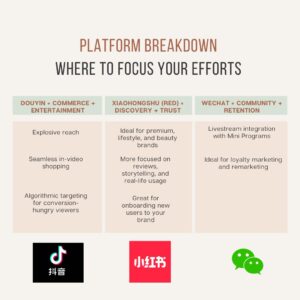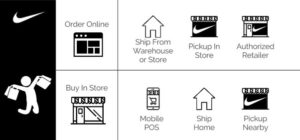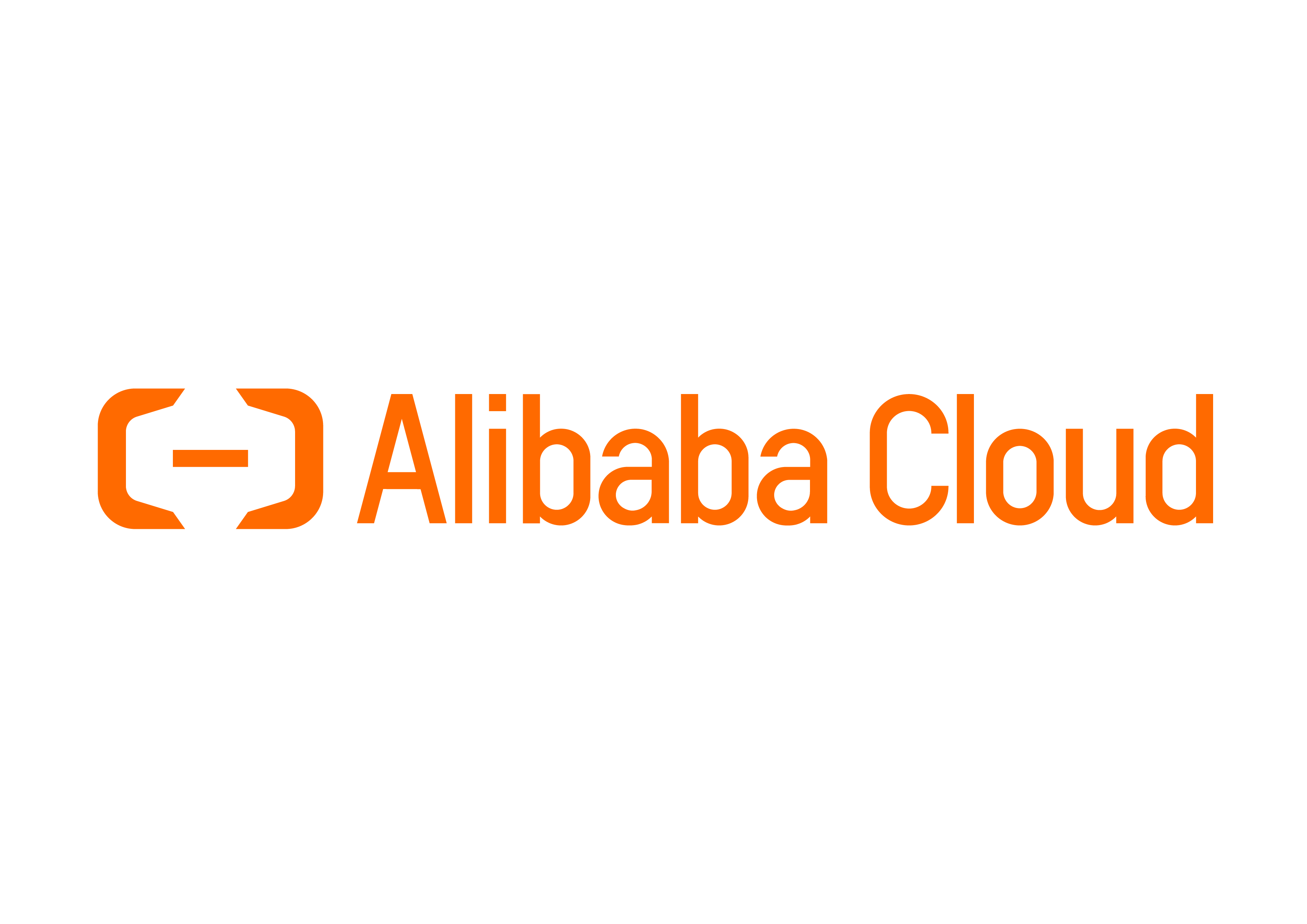Branding vs. Performance Marketing: The Battle for Long-Term Value
There’s a quiet war playing out behind China’s most successful consumer campaigns—and most brands don’t even realize they’re picking sides.
On one end, you’ve got performance marketing: laser-focused, conversion-obsessed, and very, very trackable. On the other? Brand building—the slower, fuzzier, more emotionally charged cousin that doesn’t always get credit for the heavy lifting it does.
And in China, where consumers are digitally native, brand-savvy, and flooded with options, the balance between these two approaches is everything.
Let’s break down why this tension exists, why short-term wins aren’t enough, and how brands are learning (sometimes the hard way) that trust, relevance, and identity still matter in a performance-driven market.
Why Performance Marketing Alone Falls Short in China
Everyone’s Running the Same Playbook
With China’s mature digital ad ecosystem—across Douyin, RED, WeChat, and Tmall—performance marketing is easier than ever to deploy. Plug in your budget, optimize your ROAS, chase the clicks.
The problem? Everyone’s doing it.
When every brand is offering 20% off, free shipping, and identical ad formats, the result is a digital sea of sameness. Consumers default to price comparisons, not brand preference.
Discounting Erodes Perceived Value
Brands chasing short-term sales with endless promo codes risk training their customers to wait for deals. Over time, this eats away at perceived value and brand equity.

Lesson: If your only lever is price, you’re in trouble.
The Long Game: Why Branding Still Wins
Consumers Buy Stories, Not Just Discounts
Chinese consumers—especially Gen Z—respond to narrative, identity, and trust. Brands that succeed long-term tell better stories, stand for something, and show up consistently across channels.

Case in point? Bosie, a gender-neutral fashion brand, built a loyal following not through discounts, but through a strong brand identity and community-driven content on RED and WeChat.
Trust = Premium Pricing Power
Well-branded products can charge more. Period. That’s how Chinese domestic brands like Florasis and Li-Ning have carved out premium niches without racing to the bottom.

Florasis, for example, combines traditional Chinese aesthetics with high-quality ingredients—and never leads with discounts. Instead, it invests in aesthetic storytelling, KOL collaborations, and heritage branding.
Smart Brands Are Doing Both—Here’s How
Integrate Branding Into Your Performance Campaigns
The most effective performance campaigns in China don’t just push product—they reinforce brand values.
- Use RED influencer content to showcase values, not just features.
- Make livestreams part of your brand experience, not just a flash sale.
- Use Mini Programs and private traffic channels to build relationships, not just close sales.
Balance Metrics with Meaning
Performance metrics matter—but so do brand KPIs:
- Brand recall
- Engagement rates over time
- Customer lifetime value (CLV)
It’s not about abandoning performance—it’s about giving it a foundation to stand on.
Final Thoughts – It’s Not a Choice, It’s a Formula
In China’s fast-moving consumer landscape, brand equity amplifies performance—and vice versa.
Brands that build deep roots through brand storytelling, cultural relevance, and emotional trust will see better conversion, stronger retention, and sustainable growth.
The brands that don’t? They’ll keep paying more for every click—and getting less in return.
Need help finding the right balance between brand and performance in China?
Let the experts at Digital Crew help you craft a smart, scalable strategy that wins both hearts and conversions.
👉 Contact us now to start building your China roadmap.




















